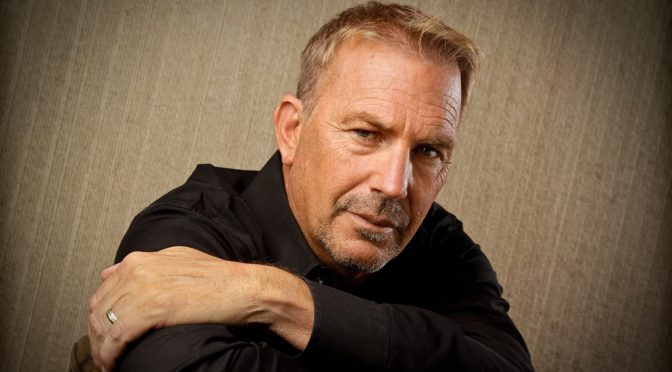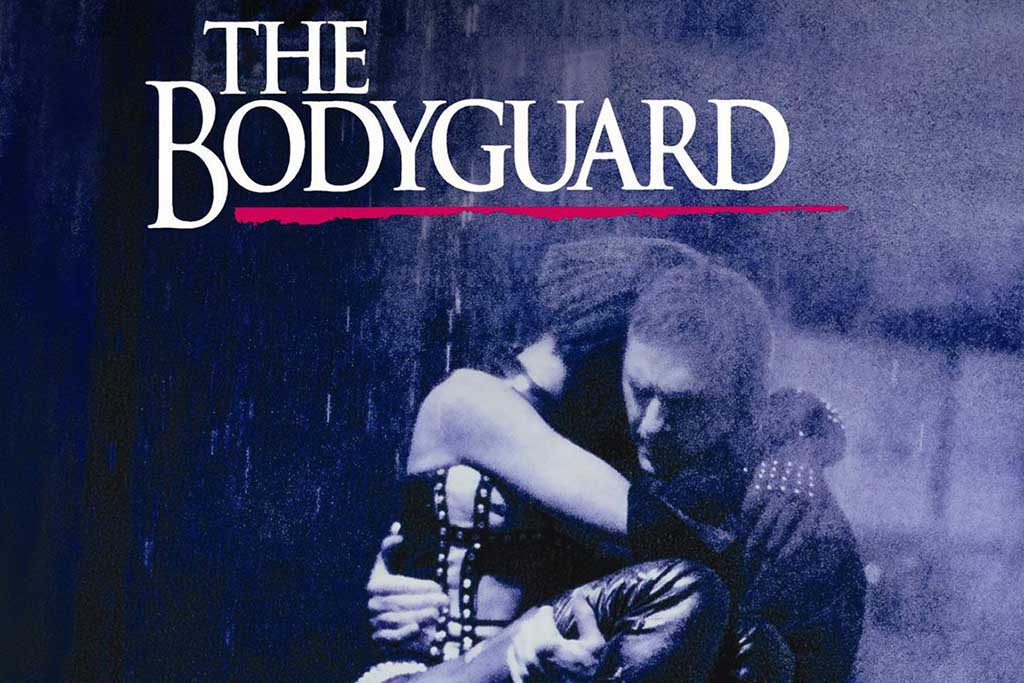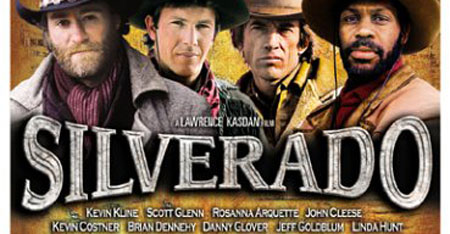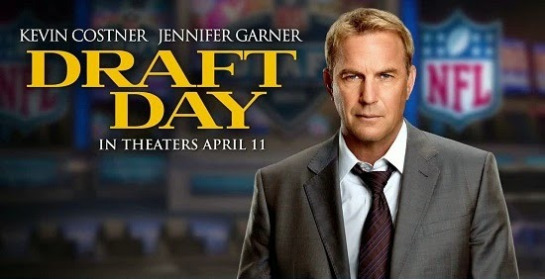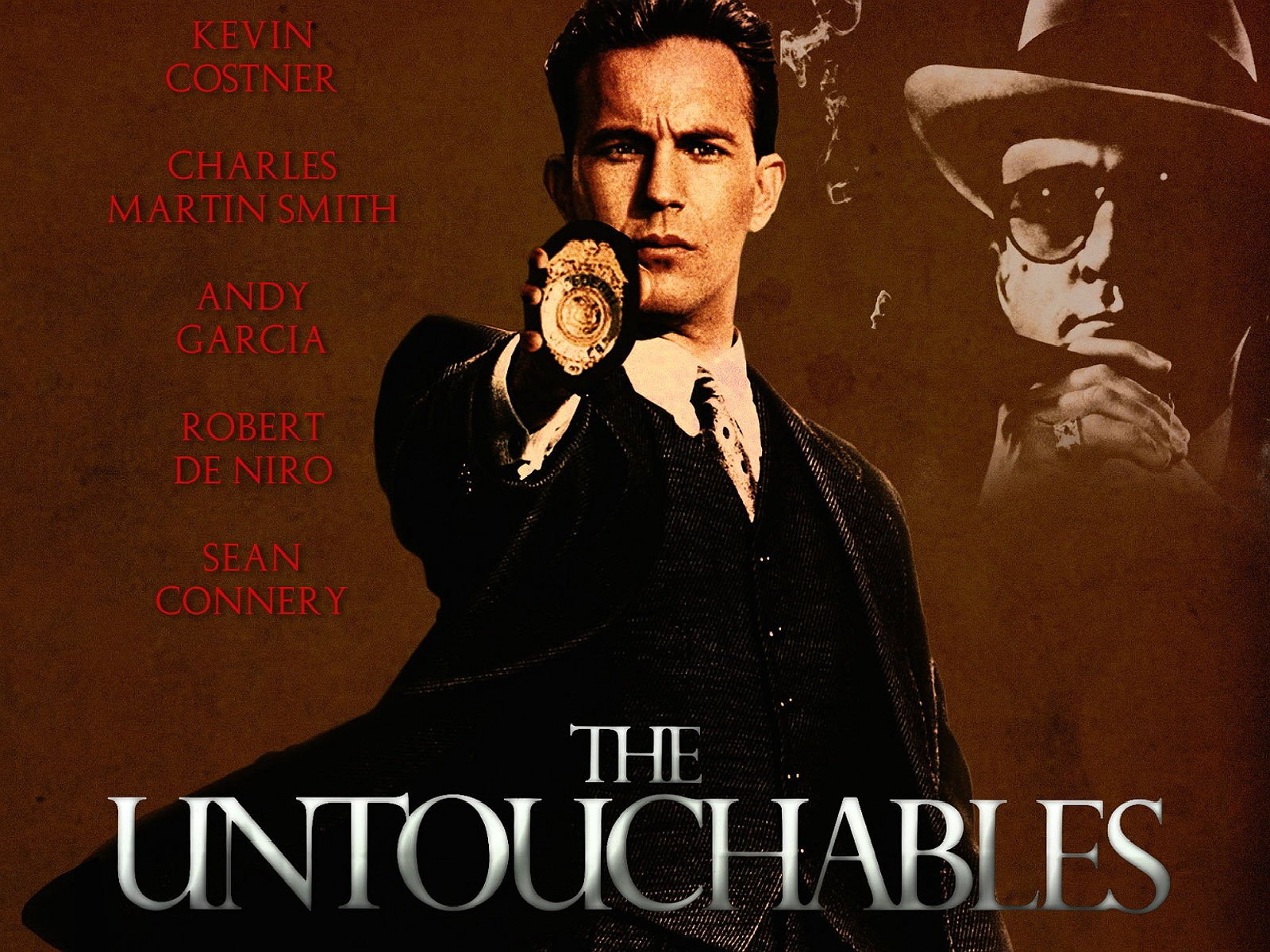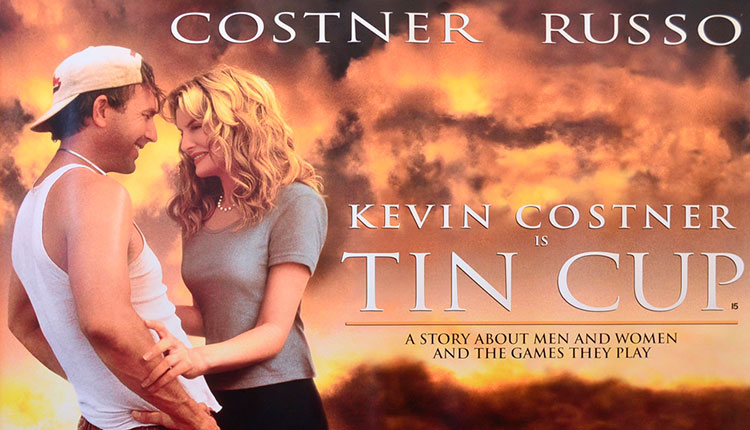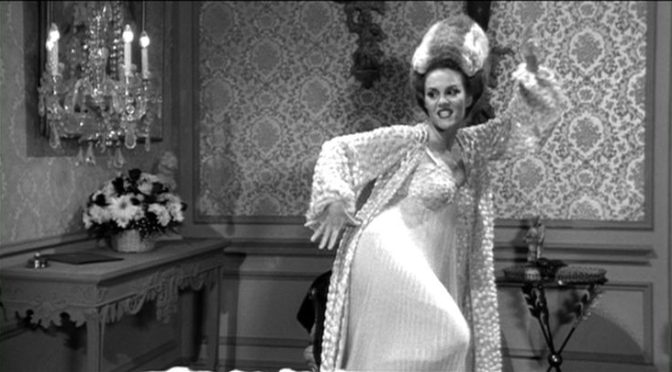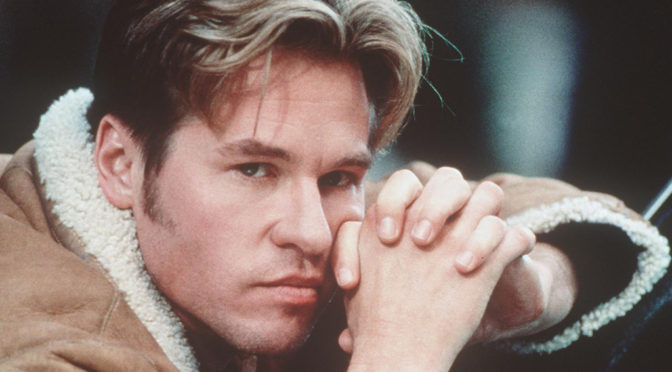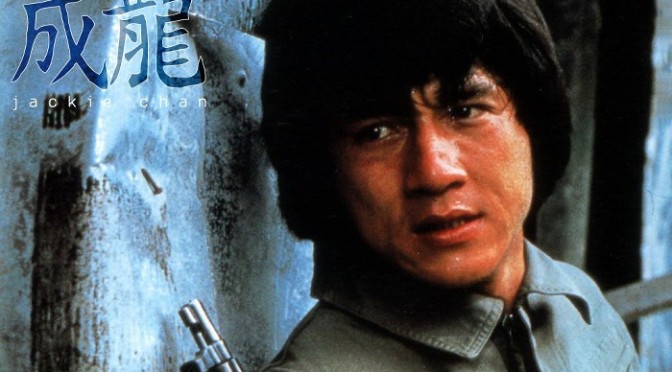Kevin Costner has so many great movies, it was difficult in paring down the best ones to a minimal 15, but I did it to the dismay of all Bull Durham fans out there–it was on the bubble and I had to cut it. With that being said, here’s my top 15 Kevin Costner movies:
15 – No Way Out (1987)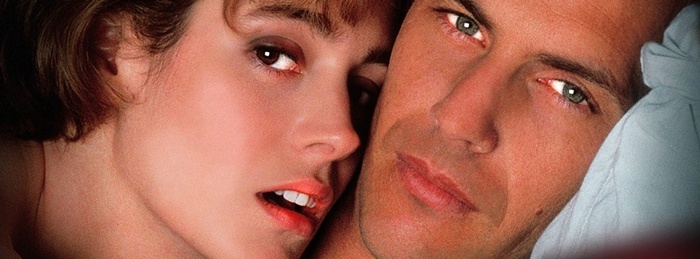 Many people consider Tom Farrell in No Way Out as the performance that launched Kevin Costner’s career as a leading man. No Way Out was a remake of The Big Clock (1948 – Great movie by the way) starring Ray Milland in the Costner role and Charles Laughton in Gene Hackman’s role. This is a fantastic thriller and some, though not all, scenes supposedly inside the Pentagon were filmed there. The most notable on-location scene occurred inside the actual office of the Secretary of Defense.
Many people consider Tom Farrell in No Way Out as the performance that launched Kevin Costner’s career as a leading man. No Way Out was a remake of The Big Clock (1948 – Great movie by the way) starring Ray Milland in the Costner role and Charles Laughton in Gene Hackman’s role. This is a fantastic thriller and some, though not all, scenes supposedly inside the Pentagon were filmed there. The most notable on-location scene occurred inside the actual office of the Secretary of Defense.
14 – The Guardian (2006)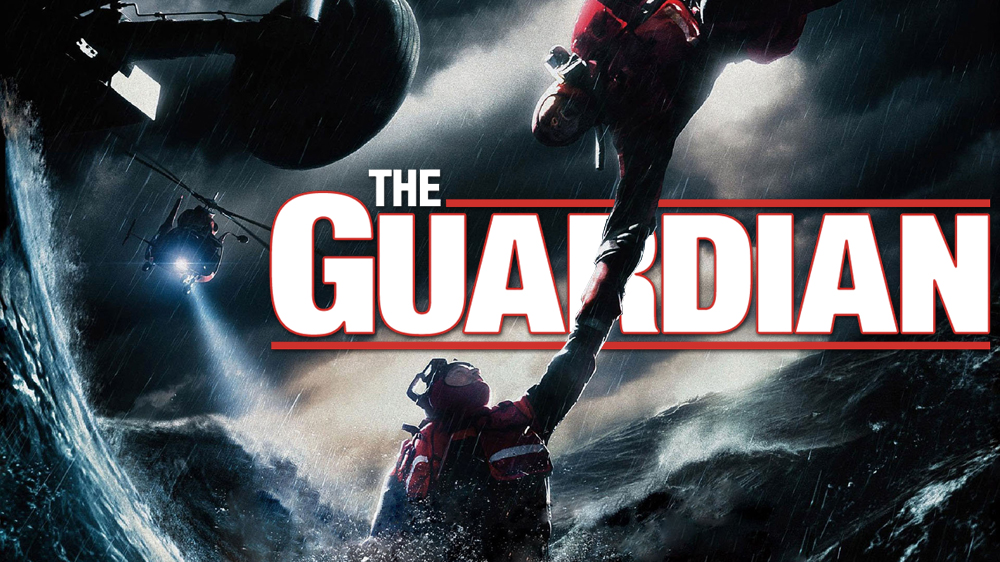 The opening story of the helo rescue gone bad was loosely based on a real event that occurred August 7, 1981. The crew of CG1471 from Airsta Kodiak was responding to a distress call of a fishing vessel near Prince William Sound. As the crew attempted to hoist the survivors of the boat, a wave hit the tail of CG1471 causing the helo to crash into the seas. A painting named “So Others May Live” hangs on CG Airsta Kodiak depicting the rescue. In real life, actors Kevin Costner and Ashton Kutcher are both members of the Delta Chi fraternity. Interestingly, in this film, Clancy Brown portrays “Captain William Hadley” and in “The Shawshank Redemption” he portrays “Captain Byron Hadley.”
The opening story of the helo rescue gone bad was loosely based on a real event that occurred August 7, 1981. The crew of CG1471 from Airsta Kodiak was responding to a distress call of a fishing vessel near Prince William Sound. As the crew attempted to hoist the survivors of the boat, a wave hit the tail of CG1471 causing the helo to crash into the seas. A painting named “So Others May Live” hangs on CG Airsta Kodiak depicting the rescue. In real life, actors Kevin Costner and Ashton Kutcher are both members of the Delta Chi fraternity. Interestingly, in this film, Clancy Brown portrays “Captain William Hadley” and in “The Shawshank Redemption” he portrays “Captain Byron Hadley.”
13 – The Postman (1998)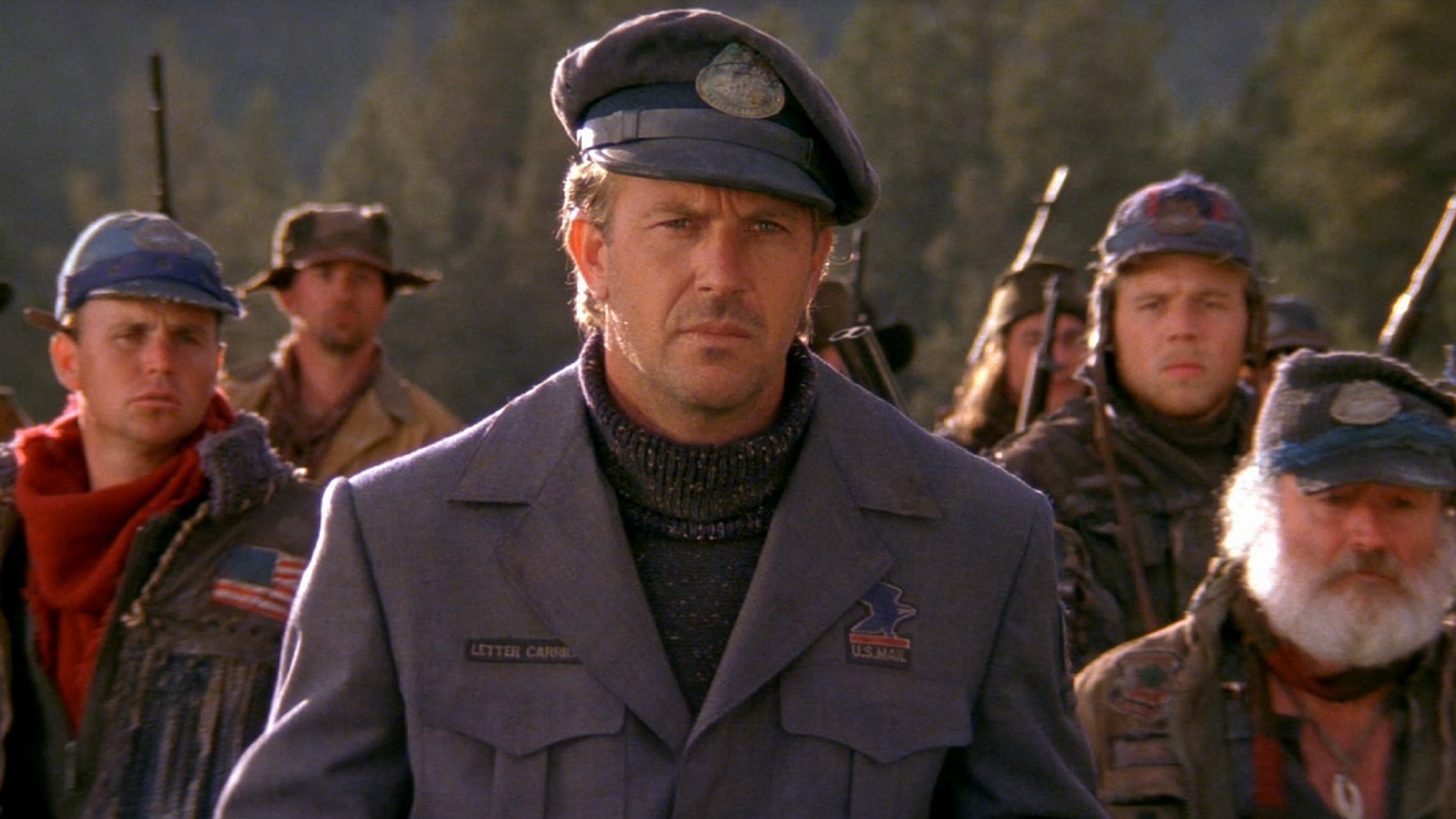 The second post-apocalyptic feature film which Kevin Costner stars in the lead role as a drifter with no name. The other film is coming up on this list at number 10. People are probably freaked out that I picked this movie over Bull Durham or Wyatt Earp or Message in a Bottle, but I simply loved this film more than those.
The second post-apocalyptic feature film which Kevin Costner stars in the lead role as a drifter with no name. The other film is coming up on this list at number 10. People are probably freaked out that I picked this movie over Bull Durham or Wyatt Earp or Message in a Bottle, but I simply loved this film more than those.
12 – Open Range (2003)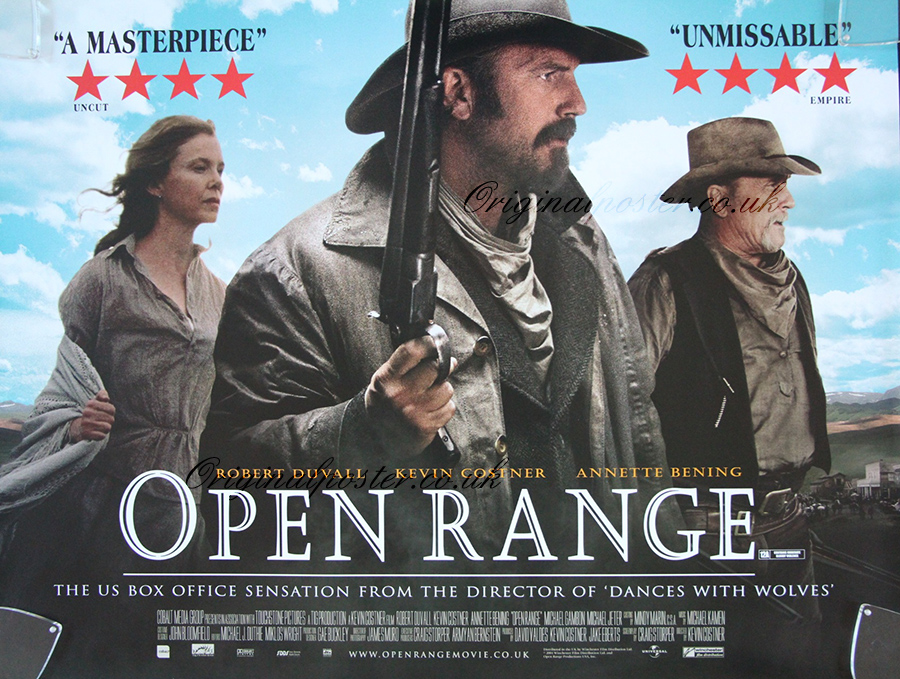 Robert Duvall was the only actor that Kevin Costner had in mind for the role of Boss Spearman. Robert Duvall accepted the role of Boss Spearman within twenty-four hours of reading the script. Costner said if Duvall had turned down the part, he might not have made the movie at all. Originally, the studio had Kevin Costner top-billed over Robert Duvall, but Costner asked the studio to top-bill Duvall instead. At only two hours and nineteen minutes, this is the shortest of the three movies Kevin Costner self-directed. They average three hours each.
Robert Duvall was the only actor that Kevin Costner had in mind for the role of Boss Spearman. Robert Duvall accepted the role of Boss Spearman within twenty-four hours of reading the script. Costner said if Duvall had turned down the part, he might not have made the movie at all. Originally, the studio had Kevin Costner top-billed over Robert Duvall, but Costner asked the studio to top-bill Duvall instead. At only two hours and nineteen minutes, this is the shortest of the three movies Kevin Costner self-directed. They average three hours each.
11 – Dances With Wolves (1990)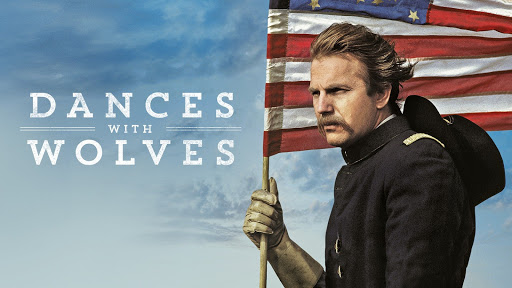 Michael Blake wrote a spec screenplay in the early 1980s. When Kevin Costner came across the project in 1986, he suggested to Blake that he should turn it into a novel, thereby increasing his chances of getting it made into a film. Blake did so and after many rejections found a publisher in 1988. Costner immediately snapped up the movie rights with an eye to directing it himself. The studio wanted the final cut to be 2 hours 20 minutes. They had to settle for Kevin Costner’s cut of At 236 minutes, the director’s cut of “Dances with Wolves is the longest of Costner’s three self-directed movies, which average 3 hours.
Michael Blake wrote a spec screenplay in the early 1980s. When Kevin Costner came across the project in 1986, he suggested to Blake that he should turn it into a novel, thereby increasing his chances of getting it made into a film. Blake did so and after many rejections found a publisher in 1988. Costner immediately snapped up the movie rights with an eye to directing it himself. The studio wanted the final cut to be 2 hours 20 minutes. They had to settle for Kevin Costner’s cut of At 236 minutes, the director’s cut of “Dances with Wolves is the longest of Costner’s three self-directed movies, which average 3 hours.
10 – Water World (1995)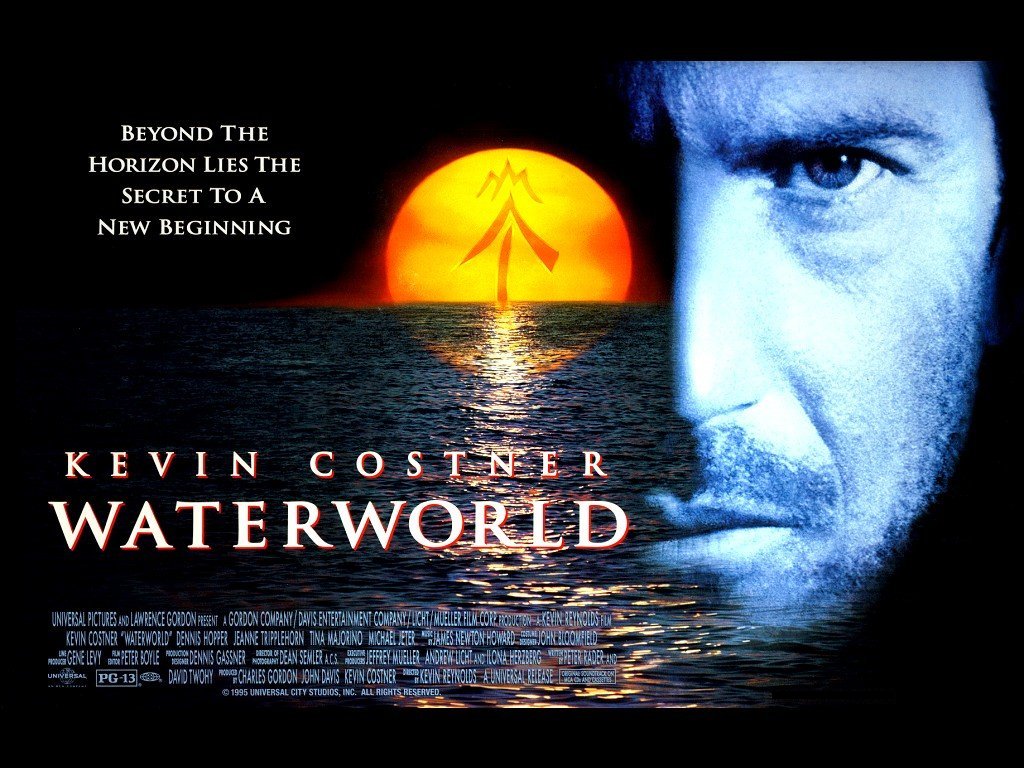 Kevin Costner insisted that his friend Kevin Reynolds be given the director’s position as they had previously worked on Fandango and Robin Hood together. Later, Costner had a falling out with Reynolds over the film’s direction, but they would come together again after this movie to film the Hatfields and the McCoys. Despite reports, on the contrary, Costner worked extremely hard on this film and was on the set 157 days, working 6 days a week. Kevin Costner and Kim Coates became good friends after this movie and later worked together on Open Range which was directed by Costner.
Kevin Costner insisted that his friend Kevin Reynolds be given the director’s position as they had previously worked on Fandango and Robin Hood together. Later, Costner had a falling out with Reynolds over the film’s direction, but they would come together again after this movie to film the Hatfields and the McCoys. Despite reports, on the contrary, Costner worked extremely hard on this film and was on the set 157 days, working 6 days a week. Kevin Costner and Kim Coates became good friends after this movie and later worked together on Open Range which was directed by Costner.
9 – For The Love of The Game (1999)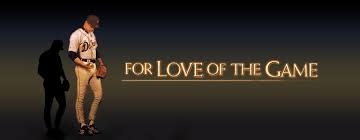 After pitching his perfect game at Yankee Stadium, Kevin Costner’s character carries John C. Reilly to his hotel room, where Reilly says to him, “you’re the cream in my coffee.” In Costner’s movie JFK (1991) a woman on the street comes up to him asking if he remembers singing with her at a party to which he responds, “oh right, we sang ‘you’re the cream in my coffee'” as he walks away. The movie’s production and release coincided with the fact that two real life perfect games were pitched at Yankee Stadium during that time frame. David Wells of the Yankees threw a perfect game against the Minnesota Twins at the Stadium in May 1998, six months prior to the filming of game scenes there. David Cone, also of the Yankees, would pitch a perfect game at Yankee Stadium against the Montreal Expos in July 1999, almost exactly two months prior to the film’s release.
After pitching his perfect game at Yankee Stadium, Kevin Costner’s character carries John C. Reilly to his hotel room, where Reilly says to him, “you’re the cream in my coffee.” In Costner’s movie JFK (1991) a woman on the street comes up to him asking if he remembers singing with her at a party to which he responds, “oh right, we sang ‘you’re the cream in my coffee'” as he walks away. The movie’s production and release coincided with the fact that two real life perfect games were pitched at Yankee Stadium during that time frame. David Wells of the Yankees threw a perfect game against the Minnesota Twins at the Stadium in May 1998, six months prior to the filming of game scenes there. David Cone, also of the Yankees, would pitch a perfect game at Yankee Stadium against the Montreal Expos in July 1999, almost exactly two months prior to the film’s release.
This film was originally proposed in the mid-’70s, starring Diana Ross and Steve McQueen, but was rejected as “too controversial”. The film concept was to be attempted again in the late 1970s, with Ryan O’Neal and Diana Ross cast as the leads. The project fell through after only a few months because of irreconcilable differences between O’Neal and Ross, who had been dating. Kevin Costner said that he based his portrayal of Frank Farmer on actor Steve McQueen. He even went as far as to get McQueen’s trademark haircut for the role. This was Whitney Houston’s first movie role. Kevin Costner was one of the movie’s producers. He campaigned to have Houston play Rachel. Whitney Houston would give Kevin Costner singing lessons on set in exchange for acting advice. It was Kevin Costner’s idea for Whitney Houston to start “I Will Always Love You” a capella. Originally I Will Always Love You” wasn’t in the movie – the big single was “What Becomes of the Brokenhearted.” When that song was used in Fried Green Tomatoes (1991), Kevin Costner suggested: Dolly Parton’s “I Will Always Love You.” It would become Whitney’s signature song.
Oliver Stone was given a copy of Jim Garrison’s book, “On the Trail of the Assassins“, by a friend to read on the plane to the Philippines during the filming of Platoon (1986). After reading the book, Stone knew he’d found a new film project. After reading Jim Garrison’s book, Oliver Stone immediately bought the rights with his own money. Donald Sutherland and Kevin Costner both have very long monologues in the movie. According to Oliver Stone, both of them memorized these speeches (Kevin Costner had thought that one take was necessary for his speech). Reportedly, after starring in Robin Hood: Prince of Thieves (1991), Kevin Costner wanted a year off making films. Director Oliver Stone brazenly sent Costner’s wife a copy of the screenplay for JFK (1991), so she persuaded him to star in the film.
Cook Ranch, twenty-five miles from the heart of Santa Fe, New Mexico, served as the site for the town of Silverado. Production Designer Ida Random and Set Designers Bill Elliott (a.k.a. William A. Elliott), Chas. Butcher, and Richard McKenzie had the challenging task of completely creating the forty building western town. From a vast body of historical reference, Random and her team, and a construction crew of one hundred forty, designed and built such structures as the Midnight Star Saloon, a hotel, and a church. Construction Coordinator Clarence Lynn Price, and his able crew, completed the town in twelve weeks, in less than desirable conditions, below freezing temperatures, and winds as high as sixty miles per hour. The town of “Silverado” has since been used in such movies as Young Guns (1988), Wyatt Earp (1994) (also starring Kevin Costner), Last Man Standing (1996), Lonesome Dove (1989), All the Pretty Horses (2000), and Wild Wild West (1999) (also starring Kevin Kline). In the latter film, as a reference to director Lawrence Kasdan, “Kasdan Ironworks” can be seen on the side of one of the buildings.
5 – Draft Day (2014)
Sonny trades three first-round draft picks (which includes that year’s #7 overall pick) for the #1 pick of the draft. Sonny then trades three second-round picks for the #6 pick of the draft. Then he swaps #6 for his original #7, the future first-round picks he traded away, plus a special teams player. With the picks, he gets the LB he originally wanted at #1 and a RB at #7; essentially trading three second-round picks for the number one overall pick in the draft and a special teams kick returner. The trade Cleveland made in the movie is similar to the real-life trade made in the 2012 NFL Draft, where the Washington Redskins traded their 2012 number six overall pick, 2012 second round selection, 2013 first round selection, and 2014 first round selection for the 2012 number two overall pick to the St. Louis Rams, in order to select Robert Griffin III.
4 – Robin Hood: Prince of Thieves (1991)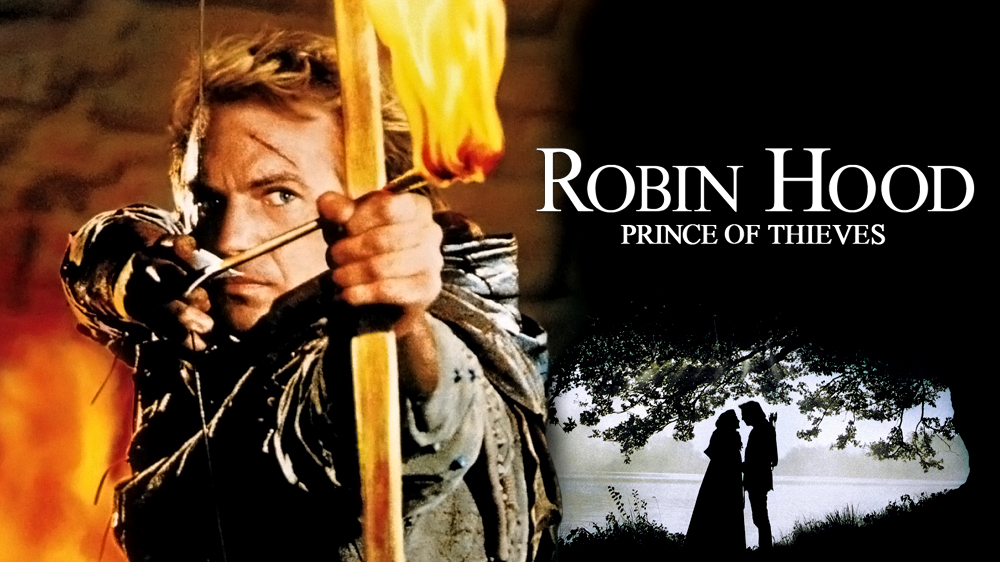
One of the absolute best things in this movie, hands down, is Alan Rickman. He’s just brilliant in this. Alan Rickman turned down the role of the Sheriff twice before he was told he could more or less have carte blanche with his interpretation of the character. Alan Rickman ad-libbed the line about canceling Christmas. Some of the other Sheriff’s witty lines (such as telling a couple of wenches “You! My room, 10.30 tonight. You! My room, 10.45. And bring a friend.”) were devised by Alan Rickman’s friends comedian Ruby Wax and playwright Peter Barnes. He enlisted their help in spicing up his dialogue because he felt the script was terrible. Kevin Reynolds enabled these script alterations by not informing the producers or screenwriters or anyone in the crew. Rickman said in an interview years later that he knew these new lines were having the desired effect when during takes he noticed the crew members covering their mouths, trying not to laugh.
Eliot Ness and his role in bringing down Al Capone had been completely forgotten at the time of his death in 1957. No Chicago newspaper carried news of his passing. His heroic reputation only began with the posthumous publication of the Untouchables book he had co-written with Oscar Fraley, and the television series adapted from it…and then this movie, which was a very loose remake for the TV series–and is the best of all. Brian De Palma previously directed Scarface (1983), which was a very, very loose remake of Scarface (1932), which was about Al Capone. Kevin Costner has acted with all three of the main leads of Goodfellas (1990) in three different movies. Costner co-stars here with Robert De Niro. He later worked with Ray Liotta in Field of Dreams (1989) and Joe Pesci in JFK (1991).
Kevin Costner and Don Johnson are good friends in real life. And also that Johnson was considered to play Eliot Ness in the untouchables but turned it down and it went to his friend Kevin Costner. Don Johnson and Cheech Marin would go on and star together in the television series “Nash Bridges” later the same year this movie came out. Cheech Marin had said he disliked golf until he joined this film, later having become an avid player of the game. The scene at the end of the movie where Roy hits the shot into the water hazard, again and again, was based on an actual event. Gary McCord, the commentator with the handlebar mustache in the movie, is an actual commentator and pro golfer. In a 1987 tournament, he had a shot similar to Kevin Costner’s. He needed a birdie to win and went for it. He hit the water over and over again and finally made the shot, but it cost him 15 strokes. In the movie, Costner gets it in 12. The scene where Roy wins a bar bet by hitting a golf ball at a pelican also was based on a real-life incident from McCord’s career.
After the movie was completed, test audiences didn’t like the name “Shoeless” Joe Jackson, because they said it sounded like a movie about a bum or hobo. Universal called Director and Screenwriter Phil Alden Robinson to tell him that “Shoeless Joe” didn’t work, and the studio changed the title of the film to “Field of Dreams”. When Robinson heard the news of the change, he called W.P. Kinsella, the author of the book, and told him the “bad” news, but apparently, he didn’t care, saying that “Shoeless Joe” was the title the publishing company gave the book. Kinsella’s original title was “Dream Field”. Ray Liotta had no baseball experience, and batted right-handed, although “Shoeless” Joe Jackson was a leftie. Phil Alden Robinson allowed Liotta to bat with his right, but still put him through several weeks of extensive training with University of Southern California baseball coach, and former Brooklyn Dodger, Rod Dedeaux, in order to be convincing as one of the sport’s greatest hitters. Liotta eventually developed a good swing. The scene where he hits a line-drive straight back at Kevin Costner actually happened. Costner’s fall on the mound was real, and although it was a surprise, he stayed in character.
In the novel, instead of seeking fictional author Terrance Mann, Ray Kinsella seeks real-life 60s author J.D. Salinger. In 1947, Salinger wrote a story called “A Young Girl In 1941 With No Waist At All” featuring a character named Ray Kinsella, and in his most famous work, the novel “The Catcher in the Rye”, one of Holden Caulfield’s classmates is Richard Kinsella. (In the original novel, Ray has a twin brother named Richard.) J.D. Salinger was very offended by the fictional portrayal of himself in W.P. Kinsella’s novel “Shoeless Joe”, upon which the film is based. His lawyers said that they would be “unhappy if it (the story) were transferred to other media”, so the studio created the character of Terence Mann. Archibald “Moonlight” Wright Graham was a real baseball player. On June 29, 1905, with the New York Giants, he played one Major League Baseball game. Following that one game, he continued playing professionally through the 1908 season, mostly in the New York State League, until retiring at the age of thirty.
I read the book after I saw the film and loved both, in the end. I just wish that they had kept the twin brother in the film, being a twin myself. In the novel, Ray Kinsella is reunited with his identical twin brother, Richard Kinsella (a subplot that was discarded for the movie).

